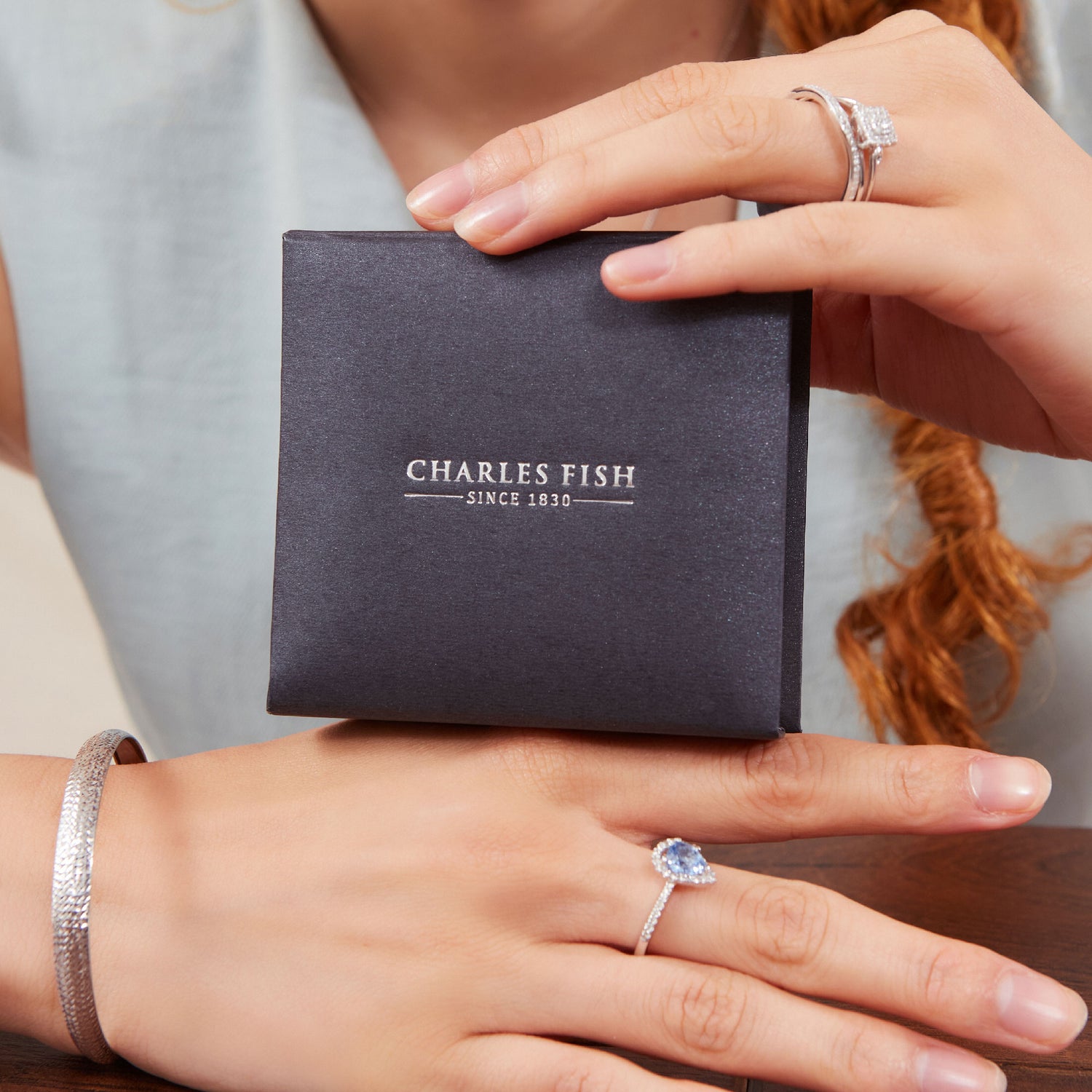
Charles Fish Blog

The enduring legacy of Christmas jewellery
Jewellery and Christmas go together like mince pies and mulled wine — but who actually started this tradition? The truth goes back centuries, and it’s a story filled with romance,...
Read More...Jewellery and Christmas go together like mince pies and mulled wine — but who actually started this tradition? The truth goes back centuries, and it’s a story filled with romance,...
Read More...
Happy Wristmas : The ideal Christmas bracelets ...
There’s something magical about unwrapping a little box at Christmas - the soft rustle of tissue paper, the glint of gold or sparkle of gemstones inside, and the feeling that...
Read More...There’s something magical about unwrapping a little box at Christmas - the soft rustle of tissue paper, the glint of gold or sparkle of gemstones inside, and the feeling that...
Read More...Your guide to a brilliant Charles Fish Black Fr...
Black Friday is almost here, and at Charles Fish, that means one thing: it’s time to find your next treasure! Whether you’ve been eyeing a vintage bracelet, some classic diamond...
Read More...Black Friday is almost here, and at Charles Fish, that means one thing: it’s time to find your next treasure! Whether you’ve been eyeing a vintage bracelet, some classic diamond...
Read More...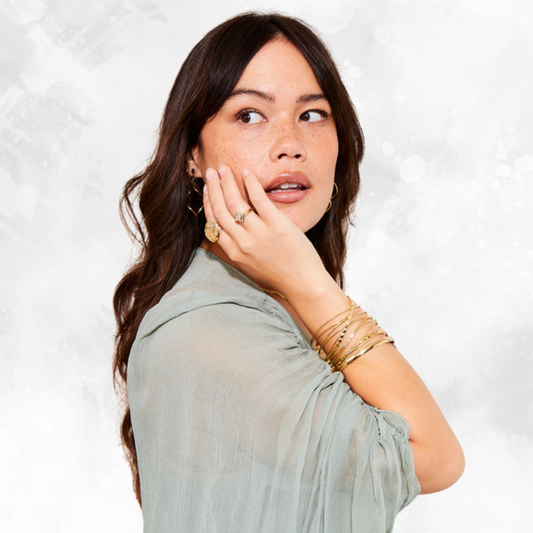
Halloween sparkle - The story of a cursed gem
Few jewels in history have sparked as much fascination - and fear - as the legendary Hope Diamond. Weighing in at 45.52 carats of deep, mesmerising blue, this gem is...
Read More...Few jewels in history have sparked as much fascination - and fear - as the legendary Hope Diamond. Weighing in at 45.52 carats of deep, mesmerising blue, this gem is...
Read More...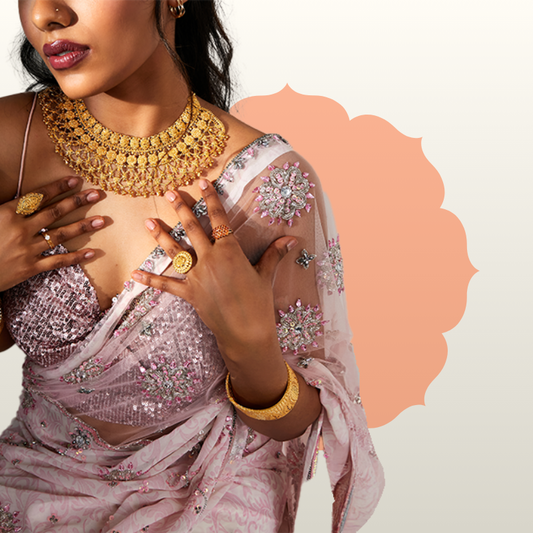
Glow up your Diwali: 22ct gold treasures await
As homes across the world celebrate Diwali, sweets are shared, laughter fills the air, and one thing gleams just as brightly as the festive lights: gold. More than just a...
Read More...As homes across the world celebrate Diwali, sweets are shared, laughter fills the air, and one thing gleams just as brightly as the festive lights: gold. More than just a...
Read More...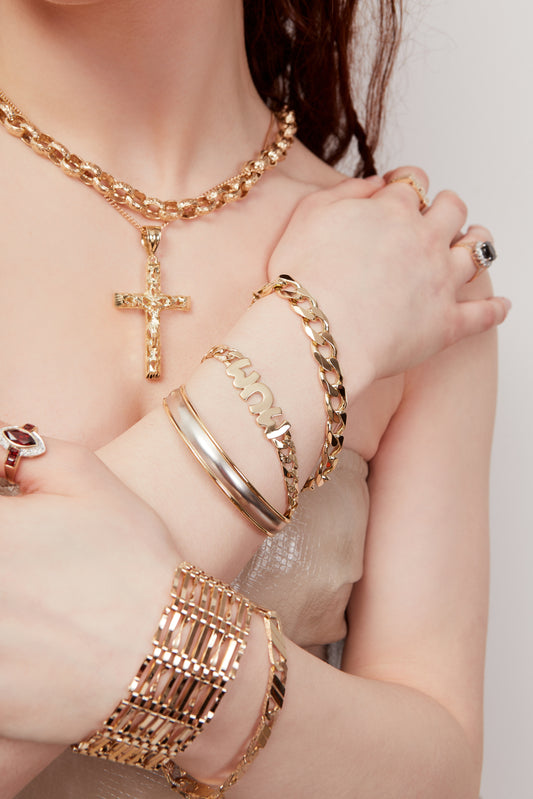
Gold’s secret shades: The hues you never knew e...
Far from coming only in buttery yellow, gold comes in a whole host of hues, from icy whites to romantic pinks. This precious metal has a surprisingly colourful side -...
Read More...Far from coming only in buttery yellow, gold comes in a whole host of hues, from icy whites to romantic pinks. This precious metal has a surprisingly colourful side -...
Read More...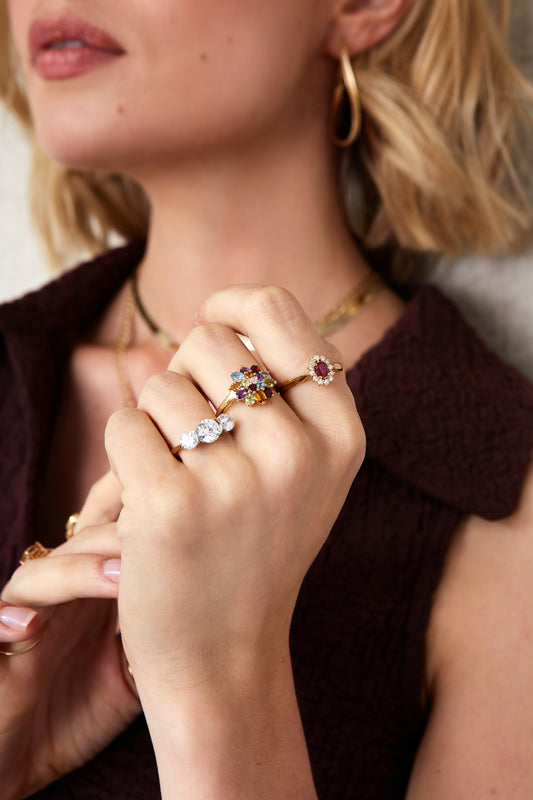
Timeless Elegance: Jewellery in the age of Jane...
This year marks the 250th anniversary of Jane Austen, one of the most beloved authors in English literature. And with a new Sense And Sensibility movie remake on the horizon,...
Read More...This year marks the 250th anniversary of Jane Austen, one of the most beloved authors in English literature. And with a new Sense And Sensibility movie remake on the horizon,...
Read More...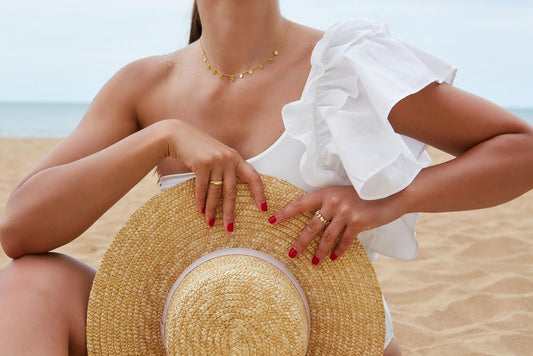
Sun, sea & sparkle; top tips to keep your jewel...
Planning your next getaway? Whether you're off to sun-drenched shores or a poolside paradise, it's not just your skin that needs protecting - your jewellery does too! Holiday conditions like...
Read More...Planning your next getaway? Whether you're off to sun-drenched shores or a poolside paradise, it's not just your skin that needs protecting - your jewellery does too! Holiday conditions like...
Read More...
Charles Fish Diamond Collection
At Charles Fish We're Passionate about Bringing Outstanding Value to the High Street. We're committed to providing better quality and pricing than our competition. We’ve been in the fine jewellery...
Read More...At Charles Fish We're Passionate about Bringing Outstanding Value to the High Street. We're committed to providing better quality and pricing than our competition. We’ve been in the fine jewellery...
Read More...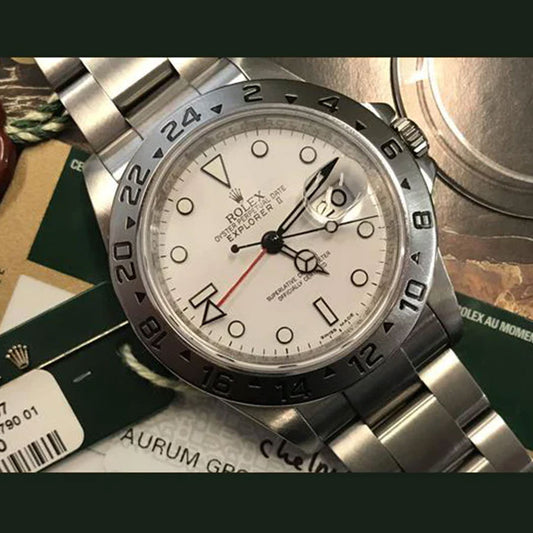
Our Guide to Buying a Pre-Owned Watch
As with any investment you make, buying a serious timepiece calls for some serious consideration and research. From the sleek simplicity of the Cartier Tank, to the sharp precision of...
Read More...As with any investment you make, buying a serious timepiece calls for some serious consideration and research. From the sleek simplicity of the Cartier Tank, to the sharp precision of...
Read More...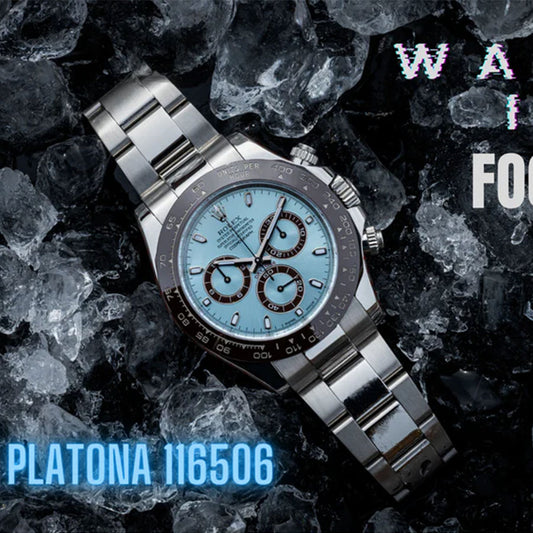
Watch in Focus: #1 The 50th Anniversary Daytona...
It was with bated breath that watch collectors worldwide visited and observed Baselworld in 2013; all eager to see what Rolex would release in order to celebrate the 50th anniversary...
Read More...It was with bated breath that watch collectors worldwide visited and observed Baselworld in 2013; all eager to see what Rolex would release in order to celebrate the 50th anniversary...
Read More...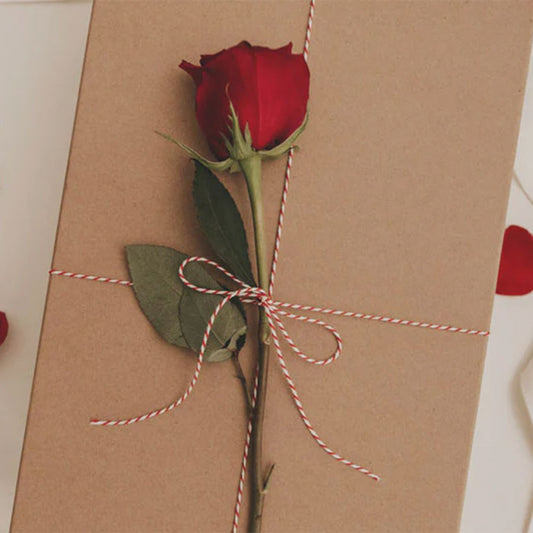
Valentine's Gifts for Her
The Best Gift Options for Her Valentine's Day - the time of year when we celebrate the love we have for each other just that little bit more, right? Cupid...
Read More...The Best Gift Options for Her Valentine's Day - the time of year when we celebrate the love we have for each other just that little bit more, right? Cupid...
Read More...
Christmas Gifts For Less
Christmas Gifts For Less Black Friday is a great chance to get your hands on some fantastic deals, and being so close to Christmas it makessense to use it...
Read More...Christmas Gifts For Less Black Friday is a great chance to get your hands on some fantastic deals, and being so close to Christmas it makessense to use it...
Read More...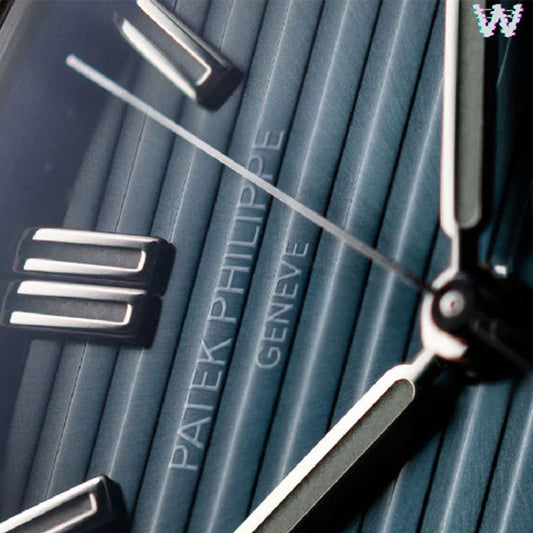
The Patek Philippe Nautilus
The Patek Philippe Nautilus 5711/1A-010 The most sought-after watch in the world? To the everyday man on the street, their aspirational purchase is most likely to be Rolex, but for...
Read More...The Patek Philippe Nautilus 5711/1A-010 The most sought-after watch in the world? To the everyday man on the street, their aspirational purchase is most likely to be Rolex, but for...
Read More...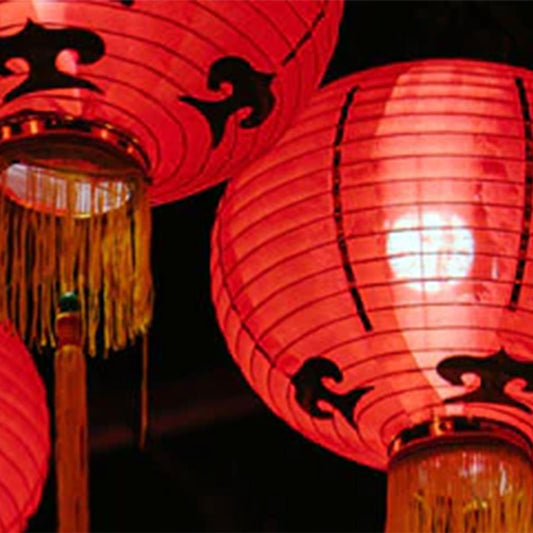
Celebrate the Lunar New Year with Charm and Luck
Let the Lunar New Year Bring Luck and Good Fortune to Your Life The Chinese New Year rings in officially on 1 February 2022, heralding the Year of the Water-Tiger....
Read More...Let the Lunar New Year Bring Luck and Good Fortune to Your Life The Chinese New Year rings in officially on 1 February 2022, heralding the Year of the Water-Tiger....
Read More...
Fashion Guide For Your Zoom Meeting
Zoom meetings: an unexpected era thrusted upon our everyday-working lives where pyjamas became the new corporate uniform. Now, for those who do not know, Zoom is essentially a group FaceTime,...
Read More...Zoom meetings: an unexpected era thrusted upon our everyday-working lives where pyjamas became the new corporate uniform. Now, for those who do not know, Zoom is essentially a group FaceTime,...
Read More...

